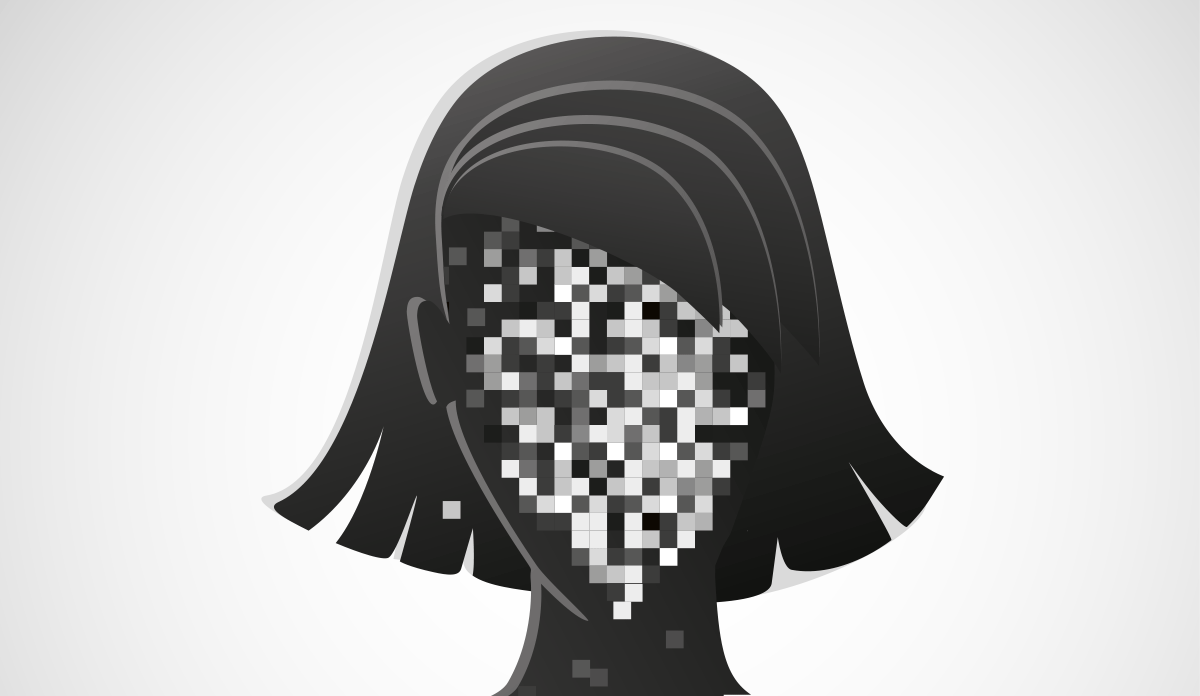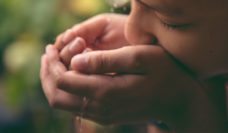This is part three of a four-part series during AAPI Heritage month to highlight the impact of colonialism on Pacific Islanders in the US territories.
Colonization is not merely stealing land. It is a robbery of autonomy. An erasure of identity. And an oppression of culture.
Native Pacific Islanders have endured centuries of colonization. In 1521, the Spanish began colonizing the island of Guam, which led to the near complete genocide of the indigenous Chamorro population. Those who did survive had their culture forcibly stripped away. The Spanish suppressed the Chamorro language and replaced the native religion with Christianity. Even the Chamorros’ matrilineal system all but disappeared.
The Spanish maintained colonial rule over Guam for more than 300 years. In 1898, possession of the island changed hands as the United States took control. US occupation lasted until World War II, when Japanese forces captured the island. The three years of Japanese occupation – and violent US attempts to reclaim Guam – were marked by brutality, rape, and massacres. The US re-occupied Guam in 1944 and incorporated the island as a territory in 1950.
The damage did not end there. In the process of “re-building” after the war, the US continued to seize and occupy Chamorro land. This land holds deep emotional and ancestral ties for Guam’s indigenous peoples. Barring access to something so sacred further segregates Chamorros from their tradition and culture.
The historical evidence of trauma is clear. However, few studies have examined the mental health impacts on indigenous Pacific Islander populations from these colonial encounters. Bosqui et. al addressed this research gap by evaluating the mental health of different ethnic groups in Guam. They linked Guam’s 2010 Census to the CDC Behavioral Risk Factor Surveillance System (BRFSS) to analyze psychological distress. This is defined by the BRFSS as having a “mental health condition or emotional problem” within the past 30 days.
The researchers found Chamorros were 50% more likely than the white population of Guam to report psychological distress. Furthermore, these episodes of poor mental health were more prolonged and discomforting. Compared to white individuals, Chamorros had a 2.5 times greater risk of severe psychological distress, which persists for 20-30 days.
Other ethnic minority groups had no significant difference in psychological distress compared to Guam’s white population. Island sovereignty provides a possible explanation. Many of Guam’s ethnic minorities migrated from sovereign island states, such as Palau and the Marshall Islands. Persons from independent countries retain their ethnic identity more so than individuals from territories still under outside control. Strong ties to ethnic identity are associated with better mental health.
The high percentage of psychological distress among indigenous Chamorros speaks to the intergenerational trauma inflicted by more than 400 years of colonization. Accordingly, the study authors stress the importance of mental health services that acknowledge the impact of these societal injustices.
To this end, indigenous healing practices may offer needed culturally appropriate mental health services. Rather than going to Western doctors, many Chamorro families turn to Suruhanus and Suruhanas – traditional male and female healers. These highly respected community members hold a wealth of spiritual and natural medicinal knowledge. Their work preserves Chamorro culture and offers a pathway for indigenous populations to obtain mental health services that recognize Guam’s traumatic history.
Next week we examine the “US territory” label and its subsequent impact on the health of American Samoans.
Read part one of the AAPI series: Green Crime of Colonization.
Read part two of the APPI series: A Colonizer’s Diet.
Photo via Getty images.














